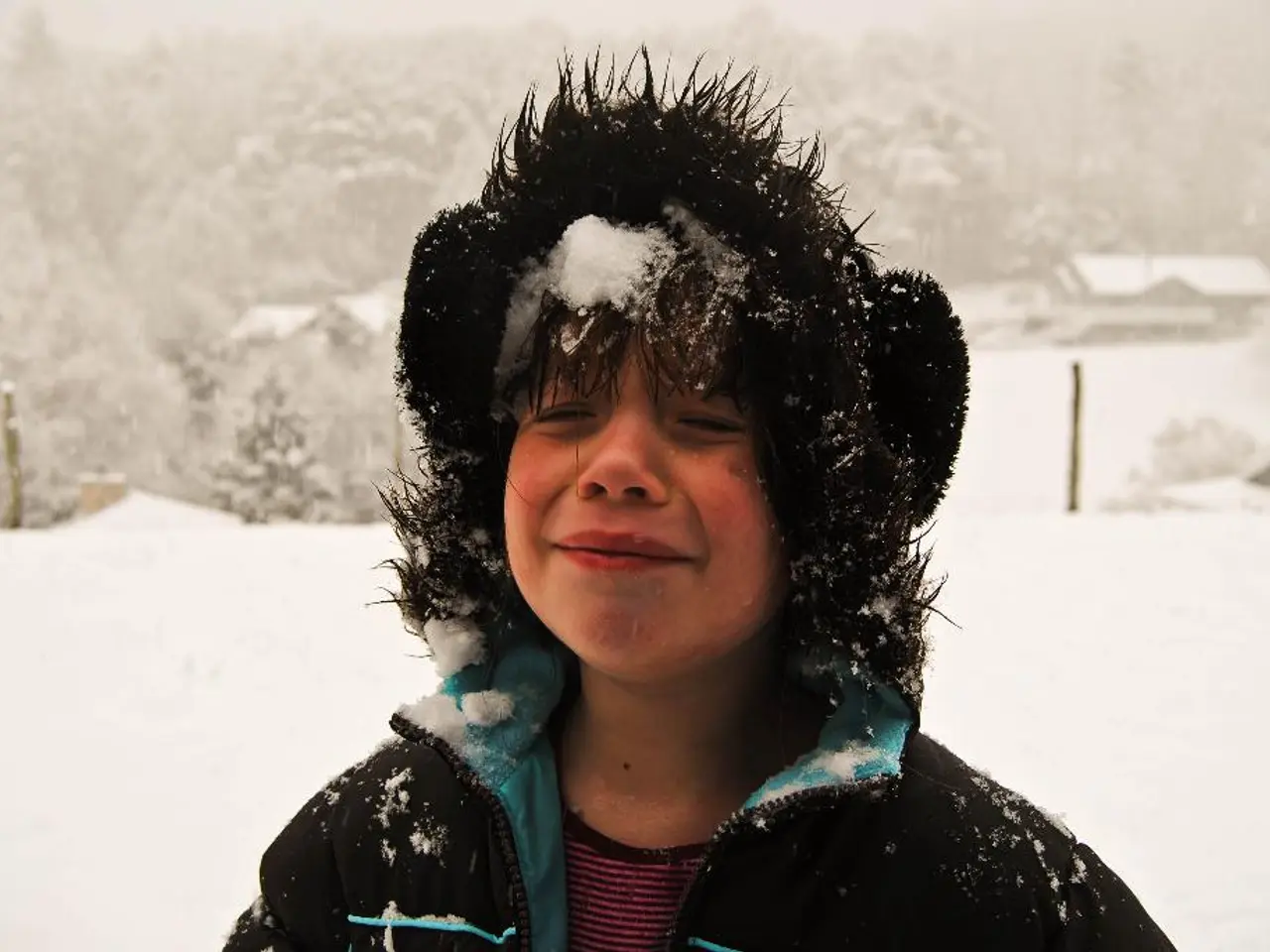Discussing Traumatic Matters with Children: Avoiding Additional Distress
Supporting Children After Trauma: A Comprehensive Approach
In the aftermath of a traumatic event or loss, children may struggle to cope and process their feelings. To help them navigate this challenging time, it is essential to adopt a comprehensive approach that addresses their emotional, psychological, and social needs.
1. Trauma-Informed Practices
Implementing trauma-informed practices is crucial. This involves assessing and understanding the child's specific needs, taking into account their trauma history. By identifying triggers and setting events, you can create a safe environment for them[1]. Consistency and predictability in routines and structured activities can reduce anxiety and provide a sense of stability[1]. Offering choices to empower the child fosters autonomy and trust in decision-making processes[1].
2. Emotional Support and Regulation
Being attentive to signs of distress and adjusting strategies accordingly is vital. Emotional regulation tools like relaxation techniques or safe spaces can be helpful[1]. Providing caregivers with information about trauma symptoms and treatment options enhances understanding and support[5].
3. Therapeutic Interventions
Art therapy, narrative therapy, and Internal Family Systems Therapy (IFS) are just a few examples of therapeutic interventions that can aid children in expressing and processing their emotions related to trauma[2].
4. Community and Family Support
School-based interventions, parenting services, and community resources all play a role in supporting children after trauma. Mindfulness practices, teacher training on trauma, and support for parents within educational settings can be beneficial[3]. Offering parents skills to manage behavior problems and increase emotional support is also crucial[5].
5. Regular Check-Ins and Case Management
Ensuring regular updates on treatment progress and providing guidance on navigating healthcare and legal systems is essential[5].
Practical Tips for Trauma Conversations
- Begin conversations by gently exploring a child's understanding of the traumatic event.
- Reassure young children directly and kindly that the incident was not their fault, helping to restore their sense of safety.
- Normalize feelings such as fear, sadness, or anger in children struggling with emotional reactions to trauma.
- Share your emotions honestly, but avoid overwhelming the child or shifting the focus.
- Tailor conversations to a child's age, using clear, honest, and developmentally appropriate language.
Remember, navigating trauma conversations with children requires offering consistent compassion, patience, and presence.
Sources: [1] Stanford Children's Health [2] Psychology Today [3] Greater Good Science Center [4] APA Practice Organization [5] National Child Traumatic Stress Network
- To complement trauma-informed practices, parents and caregivers can learn various emotional regulation tools, such as relaxation techniques or creating safe spaces, to help children cope with their feelings after a traumatic event.
- In addition to a comprehensive approach that addresses children's emotional, psychological, and social needs, it is crucial to introduce therapeutic interventions like art therapy, narrative therapy, and Internal Family Systems Therapy (IFS) to aid children in expressing and processing their trauma-related emotions.
- Considering the importance of community and family support, educators, mental health professionals, and policymakers alike should collaborate to implement school-based interventions, parenting services, and community resources to ensure the health-and-wellness and mental-health of children who have experienced trauma.




